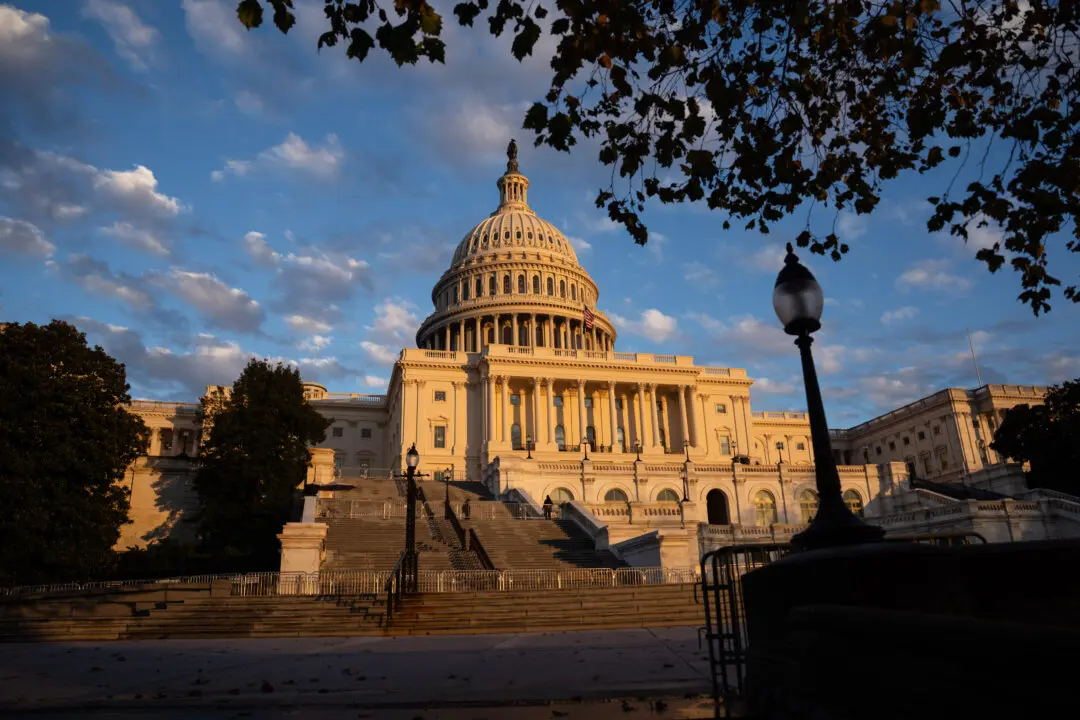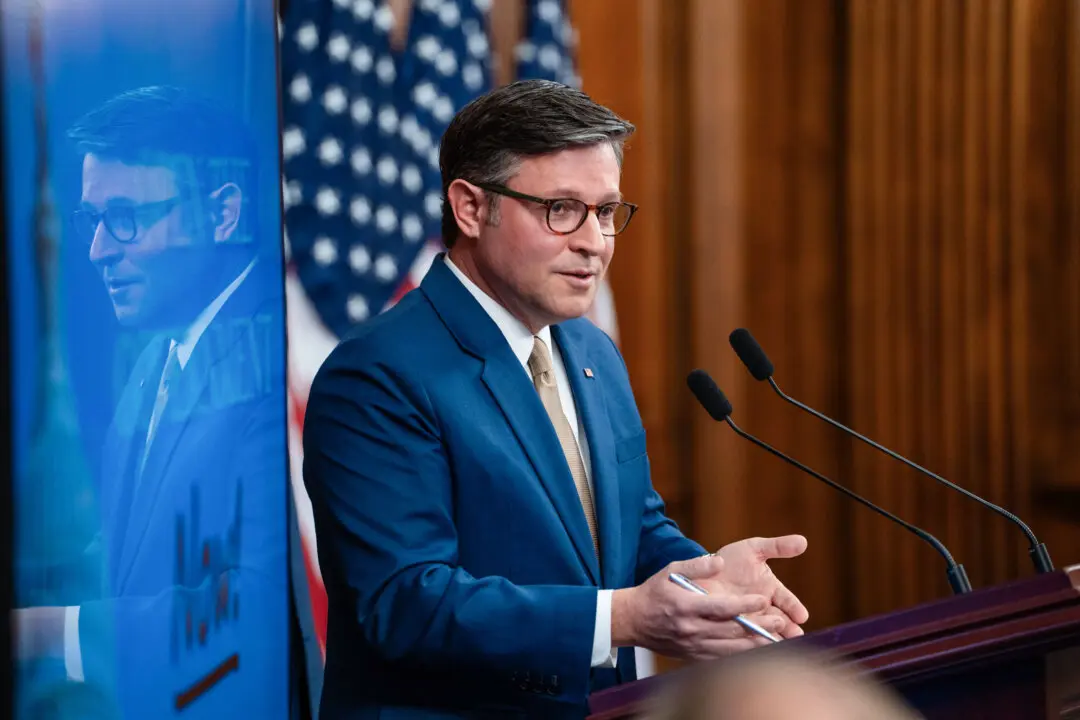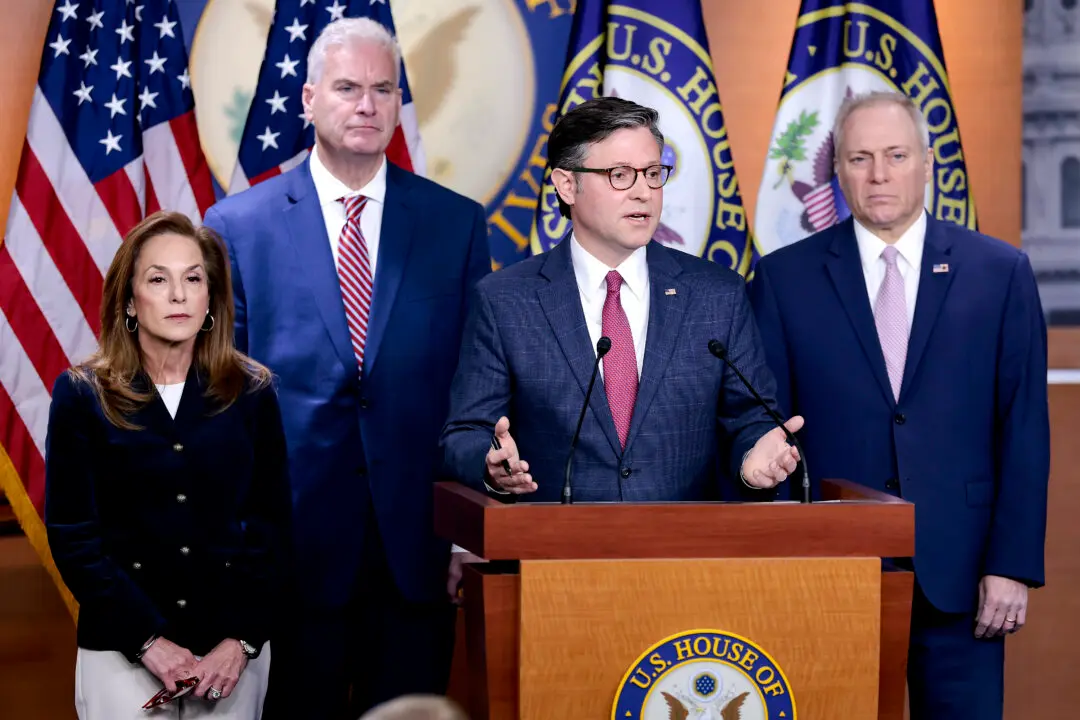A stagnant economy, rising unemployment, higher interest rates, and burgeoning federal debt add up to a problem that must be addressed, according to Phillip Swagel, director of the Congressional Budget Office (CBO).
Swagel provided his assessment with the release of two reports, “The Budget and Economic Outlook: 2023 to 2033” and “Federal Debt and the Statutory Limit, February 2023” on Feb. 15.





